#counterwiddershins
Note
Hello! Monastery OC question: what can you tell us about Clomonde, Rafael, or Callendau?
Clomonde's title at the monastery is Soeur Claviste : she's the one keeping track of the keys to every room in the monastery, especially the scriptorium and library where the precious precious stuff is. High responsibility and high risk of corruption. The shitty sheriff of the abbey
Rafael is the Frère Bibliophore. He's in charge of organizing the library and carrying books around, except he doesn't really phore any biblios because he has arthritis. Loves a good decimal classification system though
Calendau is the Archipastre, ceo of the sheep situation. Cannot count to 100, but can tell you which little guy is missing from the herd from a 1km distance. He has sheep emotional intelligence
79 notes
·
View notes
Note
Your Solomon's Crown comments have been the highlight of my week. Going to venture into the madness too, got a library copy today.
Omg, I'm glad you like my posting XD ! Hope you enjoy (?) the book!
It is definitely fun if u come at it with both 1) knowledge of the actual historical background (the Irony whiplasb is A lot) and 2) An Open Mind and sense of humor.
I'm so glad I gave it a chance, even though it pissed me off a lot and I could def talk more seriously about it, there were certainly things I did NOT expect at all XD I have a much more detailed (completed!!!) livetweet Thread on Twitter if you want to check that out/readalong as well.
#counterwiddershins#I feel like I should probably read capri now since i feel capri and TLIW ran so this could walk
4 notes
·
View notes
Note
Trick or treat! 🎃
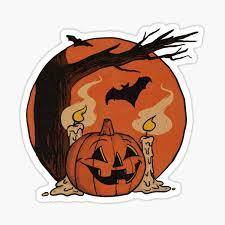
5 notes
·
View notes
Photo

Do I expect this new historical novel about Sir Walter Scott’s most awesome character to be good? Not necessarily. Did I pre-order it? Obviously.
#no one deserves rebecca#historical fiction#also tagging this for#medievalism readalong#rebecca of york#ivanhoe#books#adultbooklr#counterwiddershins#if it actually IS good i will let you know#rebecca of salerno#esther erman
52 notes
·
View notes
Text

#putiphar posting#this is counterwiddershins before posting their recap#seeing all of us assuming it was a joke name
33 notes
·
View notes
Text
So I've decided to set myself a fun goal for 2024, and that is to watch at least three Old Hollywood and Elsewhere movies a month from January through December. I am laughably not good at actually sitting down to watch a movie, but I really want to strengthen my grasp of the medium, and so I begin.
For January my list is:
Design for Living, 1933
Morocco, 1930
The Prisoner of Zenda, 1937
I will watch these movies and write up my thoughts on them. But! I will need suggestions! And so I am tagging @theodoradove, @oldshrewsburyian, @counterwiddershins, and anyone else who can recommend films to me.
I do think this will be a fun project. :-)
113 notes
·
View notes
Text
@en-theos tagged me to post 9 of my favourite books ever ✨ (for one dollar name someone who was not English or Jane Austen):




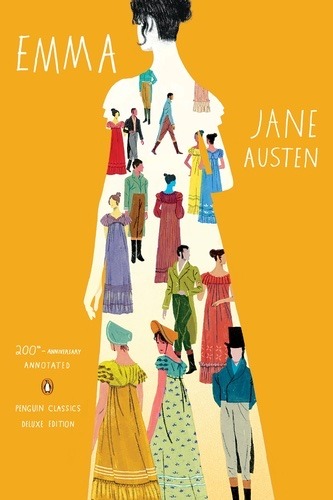
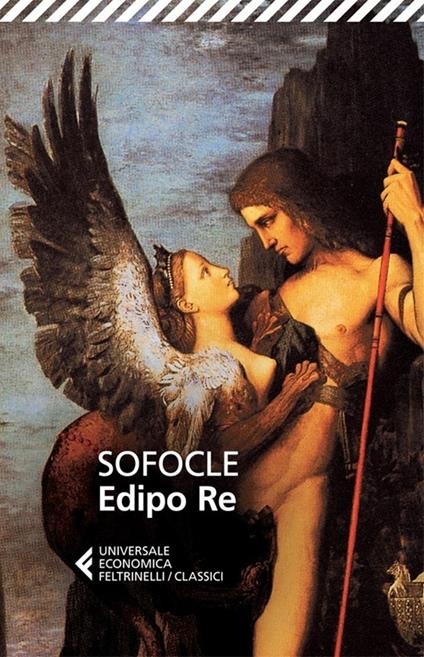
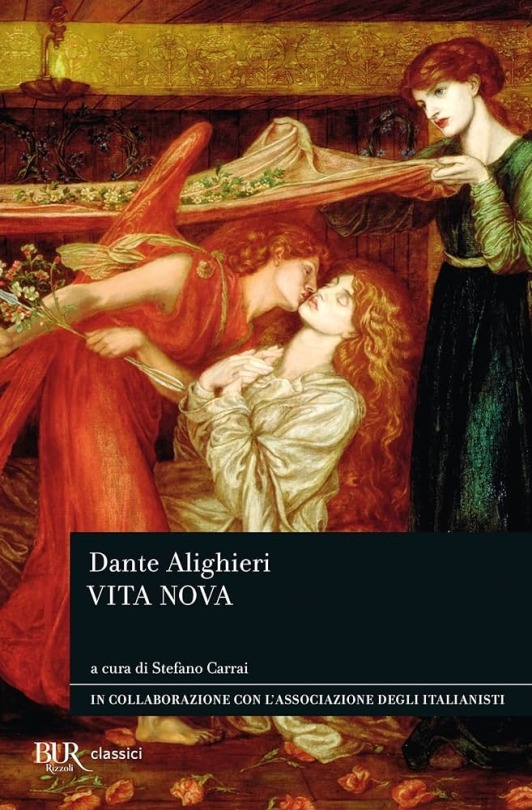
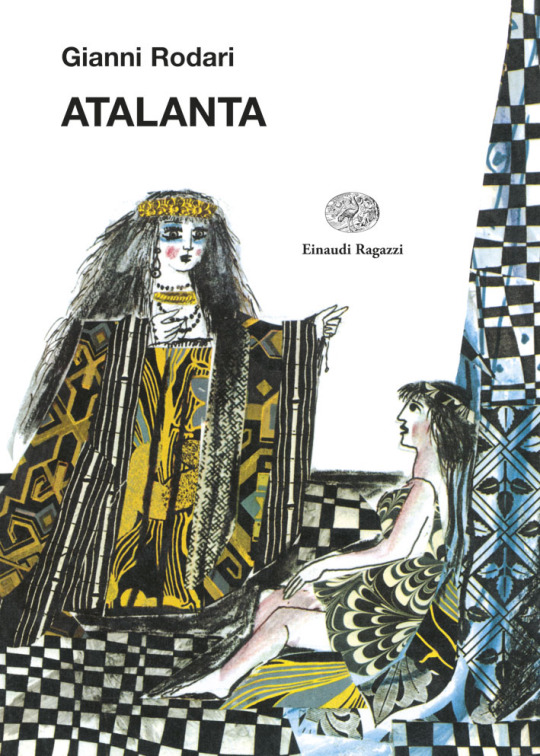

This was difficult so here are the runner-ups: Orlando and To The Lighthouse, Jonathan Strange and Mr Norrell, the Bacchae, To Kill a Mockingbird, David Copperfield and A Christmas Carol, Il nome della rosa, Northanger Abbey, L'amica geniale (the whole saga), Hamlet
I also tag: @shiningnorthernlights @girldante @artemideaddams @marthanielsn @pasdetrois @thepointlessmasterpiece @pioup-pioup @counterwiddershins @st-hypatia @makawicja @mathilda-1819-1820
#look at all these gorgeous covers that I do not own (except wh)#also do plays even count?#tag games#also also I have *so many* tag games waiting in my drafts since like april I’m the worst#letteratura#bibliofilia
126 notes
·
View notes
Text
Top 5 reads from 2023
Again thank you @counterwiddershins for the tag!!

The list:
1. Les Mis
2. Ninety-three
3. Twenty years later
4. The Picture of Dorian Gray
5. Rudolf, Crown Prince and Rebel
Les Mis:
The scale, the symbolism, the amount of beautiful emotions and hilarious scenarios within the book! How can anyone refuse Hugo’s infodumps? Definitely not me.
Ninety-three:
I really enjoyed how the book was written, it’s very tightly structured and quick-paced. Although not free of Hugo’s philosophical flaws, and I’m not sure if I like the conclusion that much, the characters, the tension, and the emotional damage caused definitely secures a strong second for it.
Twenty Years Later:
The better sequel. Yes. A second that is BETTER than the first. One can clearly find how Dumas’s storytelling skills improved, while keeping all the virtues of the former work. Since my beloved rat child is in the book you would have expected its appearance on the list.
The Picture of Dorian Gray:
Read for Patrice Alexsandre, stayed and glued in the gay chaos jail for Wilde. It’s very different in nature from the books listed above, more personal and smaller in scale, but definitely not lacking in fun and pain. The gay triad of Dorian, Basil, and Henry is perfect.
Rudolf, Crown Prince and Rebel:
The only nonfiction! Hamann is a wonderful writer, it’s only fifth because I didn’t finish it. Yet. I got sidetracked. The book has a very lucid feeling of which I enjoy greatly in writings of historical topics.
(Also thank you Fitz so much for this one)
Tagging
@pilferingapples @fitzrove @riotstarruika @psalm22-6 because I’m really curious but no pressure
33 notes
·
View notes
Text
⚠️Vote for whomever YOU DO NOT KNOW⚠️‼️


art of Janet by @counterwiddershins
56 notes
·
View notes
Text

a visualization of what i call the overcompetent scheming bastard literary tradition. big thanks to my esteemed colleagues @starlingshrike @magpiefngrl and @counterwiddershins for helping me to draw up this educational material
#the lymond chronicles#the queen's thief#captive prince#francis crawford of lymond#eugenides#laurent of vere#lymond#the king of attolia#return of the thief#prince's gambit#tlc mine#capri mine#aka the authors not so secretly inspired by dorothy dunnett#please share more examples of this literary tradition with the class
195 notes
·
View notes
Text
I was tagged by @smolnerdz, thank you very much!
Rules: pick ten pictures from your year that you absolutely love and tag ten people to do the same
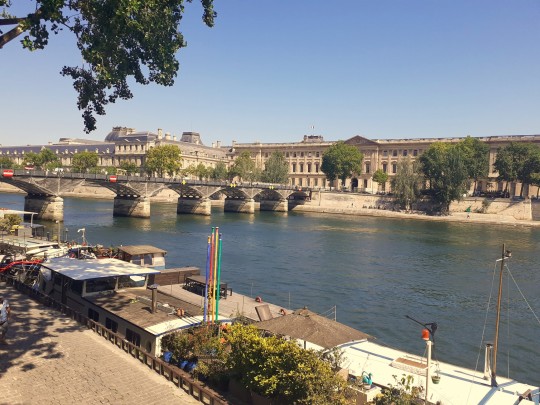









Several of them were taken in Paris, another one in one of my favorite places in the world, pets and of course, the amazing pretzels I made with my cousin ❤.
I tag @scienceoftheidiot @counterwiddershins @snowfea @captaingondor @dimsilver @theworldiswhispering @thebusylilbee @ladyniniane and anyone who sees this post
16 notes
·
View notes
Text
9 Fandom Peeps to Get to Know Better
Tagged by @mademoiselle-red!
3 Ships You Like:
Ralph Lanyon/Laurie Odell (The Charioteer)
Kim Wexler/Jimmy McGill (Better Call Saul)
Dick Winters/Lewis Nixon (Band of Brothers)
First Ship Ever: Probably Sailor Uranus/Sailor Neptune from Sailor Moon!
Last Song You Heard: A&W - Lana Del Rey
Favorite Childhood Book: The Emily of New Moon trilogy by L. M. Montgomery
Currently Reading: Doing a reread of The Count of Monte Cristo!
Currently Watching: 30 Rock
Currently Consuming: Bagel with cream cheese
Currently Craving: Vietnamese iced coffee 😋
Tagging: @rottenlaertes @counterwiddershins @eclare1000 @2prince2sparkle @standuptragicomedy and whoever else wants to play!
16 notes
·
View notes
Photo

Oh, well, it really has to be Arthurian lit, for me (I’m sure you’re not surprised.) Le Morte d’Arthur is the work of medieval literature that earned my earliest love and -- as you have cause to know -- I still do love it immoderately. Honorable mention to the Mabinogion, in which everyone loves each other a lot and Arthur takes a nap while the knights enjoy snacks, which is the dynamic I believe Arthur and the knights should have at all times.
41 notes
·
View notes
Text
Madame Putiphar Read Along: Prologue
so it begins!! :D
(I am using the Valdemar Gótica edition in charge of Mauro Armiño, and the french text in gutenberg dot org)
Prologue
(The work is dedicated to L.P., Lucinde Paradol, an actress Petrus had loved since 1831)
The Poet sets the scene within his sombre heart. 3 Knights battle in it for its dominion, with ceasless fury. The Poet’s agonic cries only increase the knight’s bloodlust. The struggle will be lifelong, the Poet knows he has no choice in the outcome, and he knows the victory of one of the Knights will be his doom.
The knights represent a classic allegorical theme: the Three Ages of Man. But also three attitudes:
-libertinage and artistic glory,
-religious or intellectual seclusion,
-suicide, a clean death before the world and its ways forces the Poet to compromise himself
They also reflect in a general structural way, the vital paths of our characters. This pattern of the three possible paths, the three ages of men, is very ancient. In western culture we usually start with greek philosophers and matematicians considering it the perfect number, a number that encompassed the three narrative acts. It’s a recurring theme in most religions, fairy and folk tales, and mythology. It is also a number that seems to appeal to how our brains work, easing the comprehension of decades spanning events in narratives: in fairytales, we usually get 3 attempts at the same magical action before the character succeeds, in cinematic editing when a character coughs 3 times, we know the illness is grave enough to be deadly.
Closer in time to Borel, and worth mentioning since we know the author is one of his influences, there’s a Diderot book, The Skeptic’s Walk, that follows this same format. Finished in 1747 but like most of Diderot’s fiction, it was published posthumously, in 1830. In it a philosopher and his friends get lost in symbollic garden paths made of roses, thorns and chestnuts, each representing pleasures of the flesh ->roses, agonies of futile religious deprivation ->thorns, and finally chestnuts-> the wisdom of Philosophy. In a pretty anti-enlightenment move, Diderot’s character ends up running into “the type of blonde philosophers should avoid”(a line that seems out of a noir) an escapee from the path of the roses, she urges him to choose the palpable reality of sensual joys. He agrees, and occasionally picks sensuality over intellectual pursuits.
But enough preambles, let us present our allegorical knights:
Our first knight is “young, fresh and alert” He wears a steel corselet which glistens under a net of green cloth like a glacier glimpsed from between pines. His color, green like the verdant, fertile forest of Youth. But what this luscious fields hide is the frozen desert of the glacier. He is blond, beautiful, his eyes reflect love. His portrait is adorned with refernces to Spain: rides an Andalusian horse whom the the Knight of Youth makes shiver when manipulating his dagger and rondell like a vain toreador. (I don’t feel confident enough yet to try and say what Spain means for Borel, but his feelings towards Spain, the Spanish language and hispanic cultures are usually very positive)(so let’s say these allusions render him more appealing)
Enter the Second Knight. His characterization is compossed of references to christianity and the gothic: He looks like a reliquary. His donkey’s protruding bones make the animal resemble a rosary, covered with a shorn horse blanket that would catch the eye of an antiquary for it could be that of Queen Isabeau, travelling from Bavaria to France (her attire for the occasion was especially lavish)
He is fat, greasy, his breathing: laborious and loud. The anthitetic starving donkey carrying the heavy knight makes the spectator think of Shrovetide carrying Carnival on its back. However, the knight himself is made of anthiteses and contradictions. He looks like a glutton, but wears the attire of a penitent monk. (foreshadowing perhaps a priest in the novel who is not as chaste as he should be) He drags his habit through the ground, staining the holy clothes. He wears the hood because in order to “sell himself to the heavens” he has to conceal who he is or perhaps what he does. While he preaches virtue, sitting with his legs wide open (the expression Borel uses, à califourchon, is possibly composed of the ancient breton word for testicules) on his frail donkey, he is inspired by Sabaoth, the avatar of the Lord when leading the armies of the angels in Judaism. (there are many interpretations of this version of God and this name, and I am not well versed in Judaism, but from the context, he seems to be preaching virtue while sitting in a somewhat obscene manner, inspired by a war-like deity of another religion) He insults, curses and swears, arrogantly challenging his two rivals. These insults are backed by a huge mace. This second knight is completely drenched in blood and kisses a crucifix. To sum it up, he is older, dirtier, bloodier, associated with phallic and christian imagery, his appereance of weakness is decieveing. His attitudes span widely between the pious or the violent.
We meet, finally, the Third Knight. He is like the Comander in the Don Juan mythos, a man of stone. (based on the spanish folk tale of the “convidado de piedra”, the guest made of stone is the funereal monument of the Comander’s grave, who Juan Tenorio mockingly invites to dine after realizing he killed him when the Commander tried to avenge the rape of his daughter. The commander famously represents Death, shows up to Juan’s supper and invites him to dine with him in Hell instead.) He is horrifying and lugubrious. When hit by the other knights, he makes the sound of a hollow tomb. He is pretty much a grim reaper made of stone, he carries a scythe, which weeps streams of blood, carries a hunter’s trap from which a hanged man swings, grimmacing in a grotesque manner. Instead of a scimitar he carries a fisherman’s hook, from which tiny nets filled with worms and larvae hang. (is this a reference to the fisherman imagery in christianity? With an ironic twist because the paradise the stony knight offers is the absolute nothingness of the grave)
The 1st Knight, represents our tangible world. He attracts the narrator with crowns of flowers, and gallantly covers any puddles the poet finds in his path with his cloak, and wipes off his tears.
Now it’s the turn for the knights to address the Poet, and the language becomes erotic: the knight of Youth wishes the poet to give in to him completely, without restraints or remorse. He wants him to dive into his chest, abandoning himself to the oscilations of the vermillion waves within it. He is the joyous, smiling side of the world, which opens itself to the youth of the narrator, revealing a future of magic from which the days of his glory will spring. It’s the world of stars and dreams but also the world of prostitution and voluptuosness. The knight of Youth offers all the pleasures of the World, he will fullfil all of the Poet’s possible desires: voluptuos women, banquets, dances, glory.
The second knight with the kindly air, serious attitude and a face made sombre by loneliness, repressents the Cloister, where the love of the Lord emmanates in streams. The Cloister Knight claims the narrator for himself, because the tangible, sensual World is a mirage, everything in it vanishes like a dream, glory and the dream of posterity are only masks pride likes to wear. It is a vain entreprise to raise onseself a living monument, because the world forgets it all. Carnal love is impure. He must join the Second Knight in the Cloister to presserve the virginities of his soul. The Cloister is not only religious, if meditation doesn’t captivate him, he can always explore wisdom and science, but never Philosophy, (the enlightenment group were notably called the Philosophes, -a word that was used to design an intellectual- and they usually opposed organized religion) which defiles the wonders of Christ.
The third Knight, the eternal leverler, the implacable reaper, whom the narrator strokes and secretly honors, (the only one of the Knights the Narrator tells us openly how he feels about) is the Void: Death. As he is ancient, he adresses the Narrator as a child, and invites him to probe into his earthy body, to drown in his muddy, shadowy chrysalis. He forgets to harvest no grape of the vine of humanity, so why wait until pain has shattered his heart to blow out his candle? Death, the Knight claims, is Our Lady of Joy and Salvation! The grave: the Promised Land. He urges our Poet not to listen to the rhethoric of the Cloister, it promises rest but Man is trapped by his obsessions in it, like Saint Anthony, who suffered tempted like a Satyr in the desert: The Cloister is the same as the World without the posibility of fullfilment or satisfaction. Joy is only possible underground where one is safe from fake friendship, ambition or lost illusions. Absolute nothing is an abscense, a dead lightning, a botomless sea, a void without an echo.
Thus, capitulates the Poet, have combated the three knights for years without quarter. His heart is wounded by this constant struggle because it’s doubtful, religious, crazy, mondain, and unbelieving at the same time. But it’s a matter of time, one of the Knights will vanquish the others and the Poet will perish, a prey of either the World, the Cloister or the Void, and he has no choice in the outcome.
We know all the knights’s paths are fake, Youth appears fertile but conceals a heart of ice, Cloister preaches virtue and science but is a licentious, violent man, Death promises rest, but is shown torturing its victims. The Poet is harrased by the three incarnations of paths he knows are purposely deceitful, attempting to seduce him with mirages. Life, he tells us at the beginning of the poem, is pain in bloom, nothing in life is real or worthy, except perhaps this struggle, and the Poet’s realization that these options are deceitful.
#madame putiphar#long post#text post#rape mention#suicide mention#this poem is such a vivid experience#i love it#beautiful use of language you just picture everything in your head#also worthyof mention: the subversion of the champions competing for the heart of the princess trope#putiphar posting#please feel free to chime in#q#got the à califourchon etimology from larousse online but i cannot make the link work :p#sainteverge and counterwiddershins are doing this as well
12 notes
·
View notes
Text
I was tagged by @oldshrewsburyian to list current, recent, and future reads.
Current Read: Novelist as Vocation by Haruki Murakami (dense but interesting), The Creative Act: A Way of Being by Rick Rubin (a bit too metaphysical. And his habit of starting sentences with "and" and "but" is a bit annoying. But I'm sticking with it. And even annotating. So...)
Recent: What You Are Looking For is in the Library by Michiko Aoyama (excellent story; five stars), Art Deco by Janet Stiles Tyson (a brief but comprehensive history of the style and the movement, lavishly illustrated)
Future: Wine For Normal People by Elizabeth Schneider (wine is a black hole in my knowledge, but I am learning and I absolutely refuse to be shown up by any of the snobs at work; yes I realize this is a petty reason to learn something new)
Tagging: @counterwiddershins, @theodoradove, @belphegor1982, @accidentallylita, @tollers-and-jack, @sweetfayetanner, and anyone else who wants to play!
26 notes
·
View notes
Text
thanks for the tag @girldante ✨
currently reading: Northanger Abbey <3 also finally catching up with Dickens December
last song: Shut Up Kiss Me by Angel Olsen
currently watching: yet another year slipping by, I guess
fic i'm currently reading: still am a boring person who doesn’t usually read fanfic…
next on my watchlist: The Shop Around The Corner, maybe?
current obsession: liIIFT YOUR RAZOR HIIIIGH, SWEENEY, HEAR IT SINGING YYEEES!! SINK IT IN-
@wenn-ich-tanzen-will @mathilda-1819-1820 @counterwiddershins @shiningnorthernlights @lucillethebarnowl @artemideaddams
12 notes
·
View notes